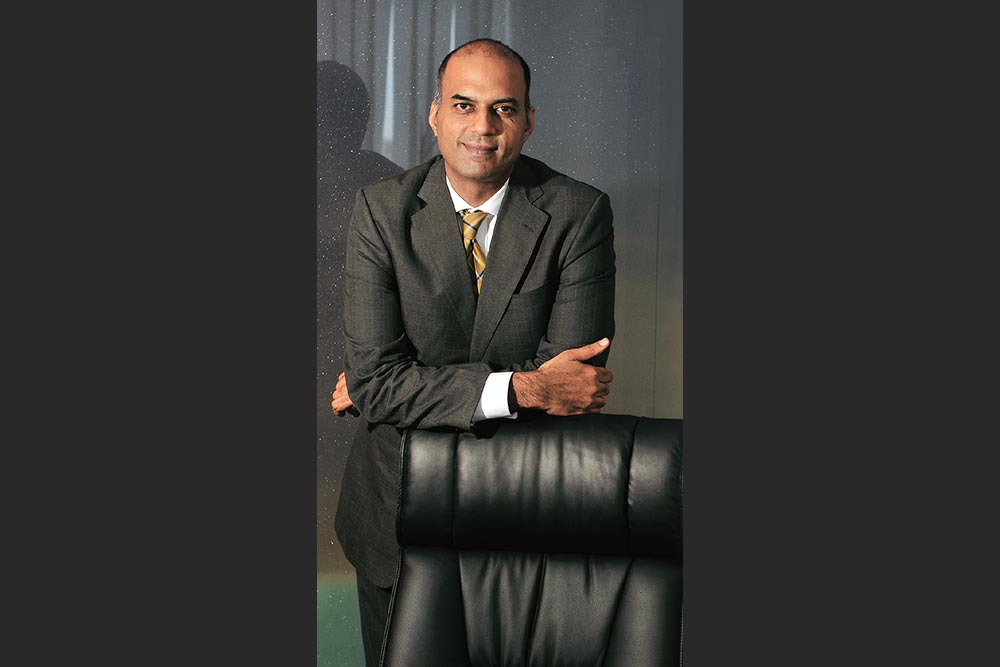
In a sense, The Starbucks Experience, first published in 2006, isn’t really contemporary, with the world and the firm having gone through one of the most severe economic cycles after it came out. But the strong customer loyalty this brand commands in the US, coupled with its recent India foray, is what made me pick this book up.
Its author, Joseph Michelli, is an organisational psychologist who had unfettered access over 18 months to the Starbucks ecosystem, and the book has the blessings of the company. It isn’t surprising then that it manages to capture the core essence of the Starbucks philosophy and how it has grown to a 20,000+ store, highly profitable franchise across 62 countries. In many parts, it does feel adulatory — all signs of being an insider’s book that you would find stacked along with the company’s in-store merchandise.
For those looking to understand Starbucks’ phenomenal rise, the book captures five key principles that the author has classified as the “secret sauces” for its success — 1) make it your own, 2) everything matters, 3) surprise and delight, 4) embrace resistance, and 5) leave your mark. Each of these sections has been peppered with anecdotes on how the author witnessed them in action or heard stories from customers and staff.
What I found interesting was that Starbucks didn’t cut corners even on “below the deck” items. The story of the corrugated sleeve cup holder is the result of one such effort to reduce paper consumption. It took two years to come up with a takeaway cup that didn’t require “nesting” (using two cups so that you can hold a hot cup). The simple, yet elegant, temporary solution to use corrugated sleeves has now been adopted as a standard practice.
It is evident that Starbucks, like any great business, spends tons of time and money in training its staff to delight and surprise customers. However, I found some of the stories completely blown out of proportion. Offering free samples or free replacements to customers is de rigueur; it happens all the time in the retail business.
In a nutshell, while the attempt to articulate the key reasons (5 principles) for Starbucks’ phenomenal success is laudatory, I did not end up any wiser on how it has managed to institutionalise this approach. Random stories on partner and customer behaviour appear too good to be true. I would have learnt far more from the book if the author had focused on the trials and tribulations that Starbucks faced in its journey to becoming one of the most respected companies, globally. What has made this business wildly successful? Why, for instance, has a competing chain not been able to replicate this success? I did not come across a single a-ha moment during the course of reading this book.
Sriram Iyer is chief business officer, Religare Macquarie wealth management











